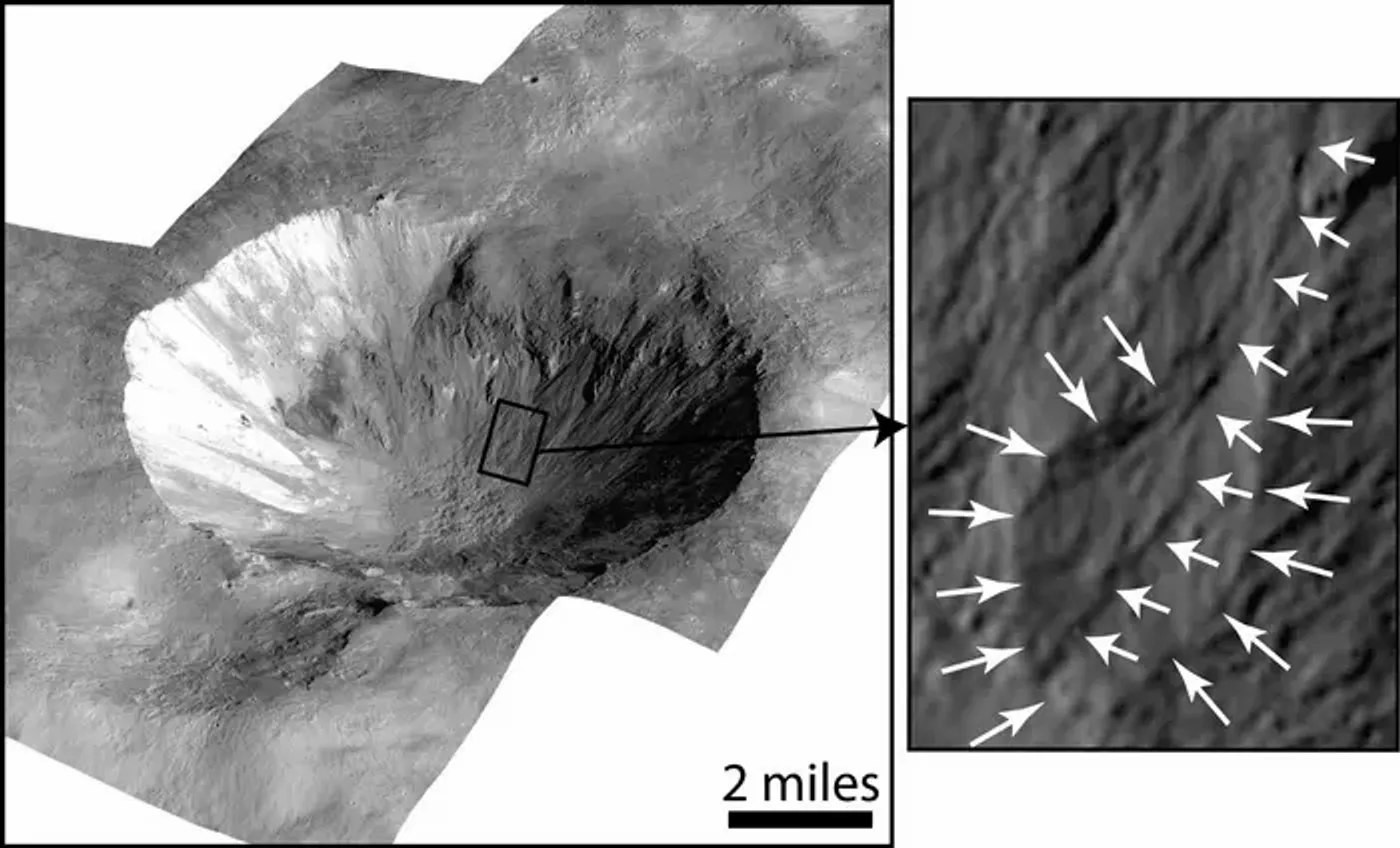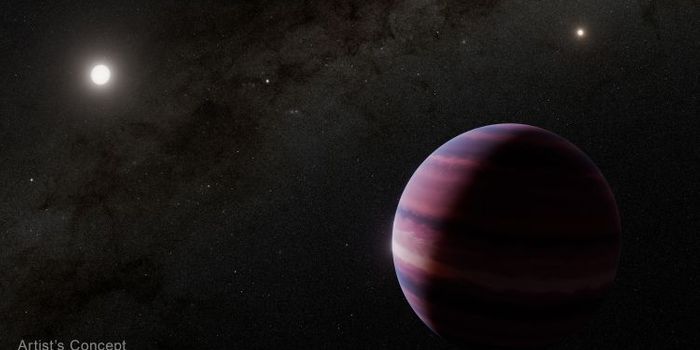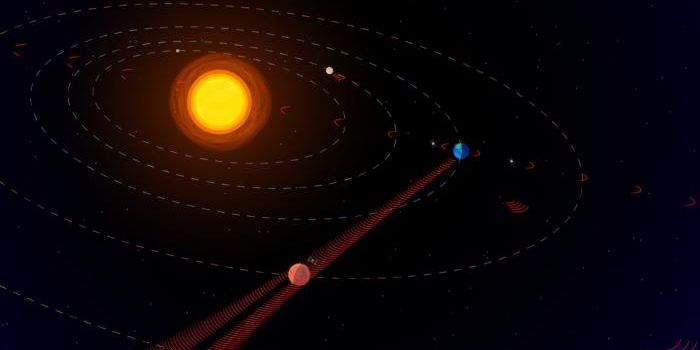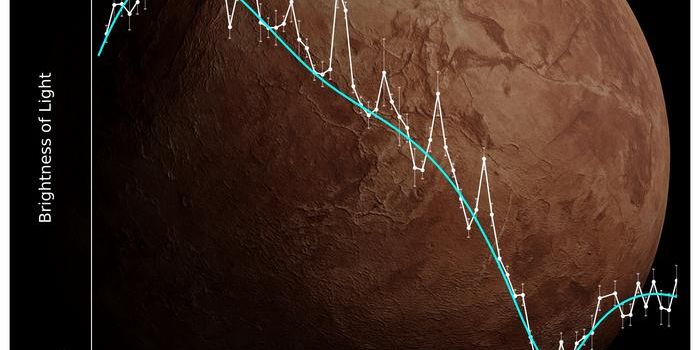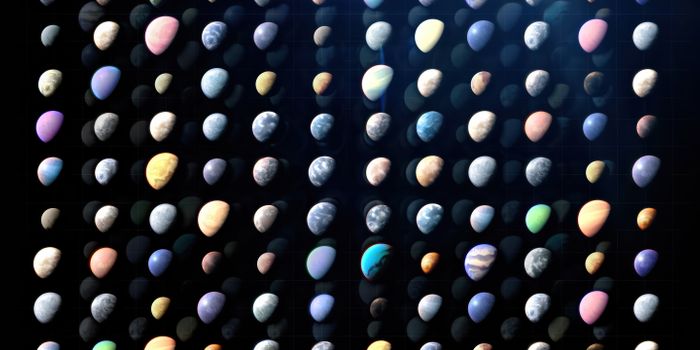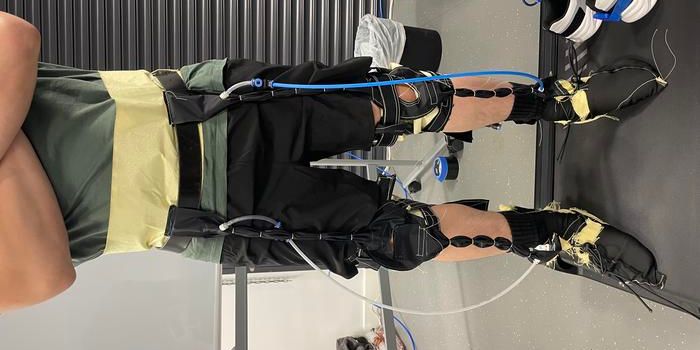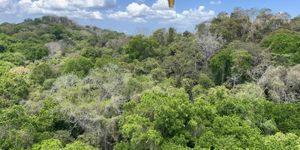Unlocking the Mysteries of Celestial Flow Features
How does extra salty water, also known as briny water, form and evolve on worlds without atmospheres, such as asteroids and moons? This is what a recent study published in The Planetary Science Journal hopes to address as a team of researchers investigated how briny water could still flow for a period of time on the asteroid Vesta after large impacts resulted in the melting of subsurface ice. This study holds the potential to help researchers better understand the geological and chemical processes on planetary bodies without atmospheres and what this could mean for finding life as we know it.
“We wanted to investigate our previously proposed idea that ice underneath the surface of an airless world could be excavated and melted by an impact and then flow along the walls of the impact crater to form distinct surface features,” said Dr. Jennifer Scully, who is a planetary geologist at NASA’s Jet Propulsion Laboratory (JPL) and a co-author on the study.
For the study, the researchers used a JPL test chamber to analyze how liquid samples responded to rapid drops in atmospheric pressure on the asteroid Vesta, thus simulating the conditions of a high-speed impact, which also includes the very brief creation of an atmosphere resulting from that impact. In the end, the researchers made some intriguing findings that could help scientists better understand the geological and chemical processes that occur on planetary bodies without atmospheres.
Cornelia Crater on Vesta displaying sloped deposits (right) and curvilinear gullies (white arrows, left). (Credit: Jet Propulsion Laboratory)
“Through our simulated impacts, we found that the pure water froze too quickly in a vacuum to effect meaningful change, but salt and water mixtures, or brines, stayed liquid and flowing for a minimum of one hour,” said Dr. Michael J. Poston, who is a research scientist at the Southwest Research Institute in Texas and lead author of the study. “This is sufficient for the brine to destabilize slopes on crater walls on rocky bodies, cause erosion and landslides, and potentially form other unique geological features found on icy moons.”
While the team focused on just Vesta, these simulations could also apply to other airless bodies, including Europa, Ceres, and even Mars with its atmosphere that is a fraction of the Earth’s. Additionally, these results could help scientists better understand certain surface features on these worlds, including the smooth plains and “spider” features observed within Manannán crater on Europa, along with Martian crater gullies.
What new discoveries will researchers make about briny water and airless worlds in the coming years and decades? Only time will tell, and this is why we science!
As always, keep doing science & keep looking up!
Sources: The Planetary Science Journal, NASA, EurekAlert!, Southwest Research Institute, NASA (1), NASA (2), NASA JPL, Wikipedia
